In Focus: The Pre-Raphaelite sisters who fought for recognition in the shadow of the Brotherhood
Caroline Bugler admires the National Portrait Gallery's new exhibition, 'The Pre-Raphaelite Sisters', which reveals the creative role of women in the Pre-Raphaelite circle.

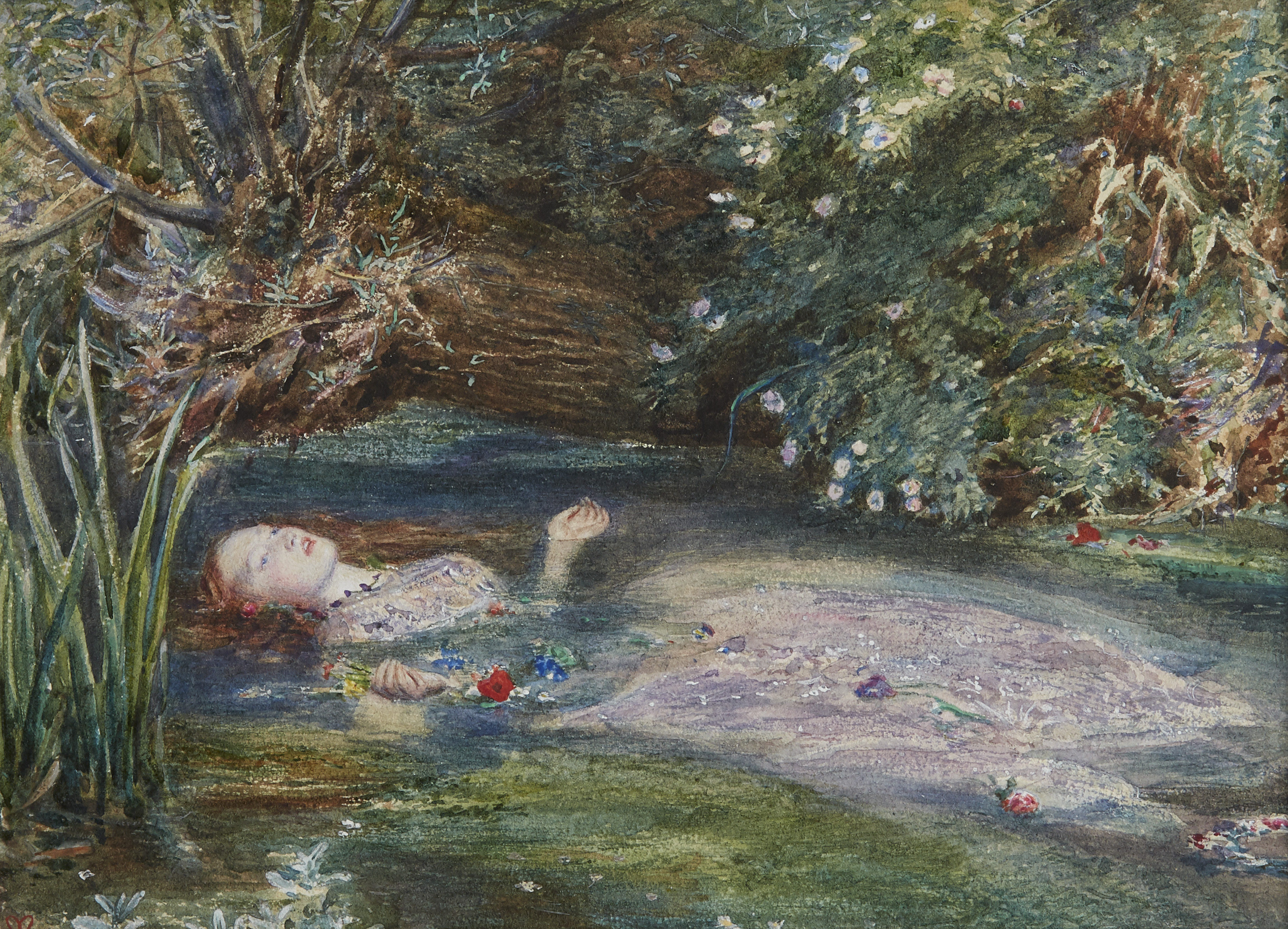
When Rossetti, Hunt and Millais founded their revolutionary art movement in 1848, they gave it an unambiguously male name — the Pre-Raphaelite Brotherhood — evoking a secret society or medieval monastic community. But their lives were anything but monastic and, as the movement expanded and developed, it created a new ideal of female beauty — the ‘stunner’, with her unsmiling expression, soulful pale face framed by an abundant mane of hair and elongated neck.
This was not the standard look for women at the time. To get an idea of that, you only have to cast your eyes over one of the earliest paintings in the exhibition, Thomas Richmond’s portrait of Effie Ruskin (as she then was, before her second marriage to Millais). She stands before you demure and slightly simpering, as Effie herself said, ‘like a graceful little doll’.
The new look was distilled from the striking features of women in the Pre-Raphaelite circle: artists’ models, students, lovers and wives. Among them were Lizzie Siddal, who married Rossetti and whose tragic death from an overdose has become interwoven with myth; Jane Morris, with her dark crinkly tresses, who married William Morris; Annie Miller, who was ‘educated’ by Holman Hunt with a view to making her his wife; and Fanny Cornforth, Rossetti’s companion in later years.
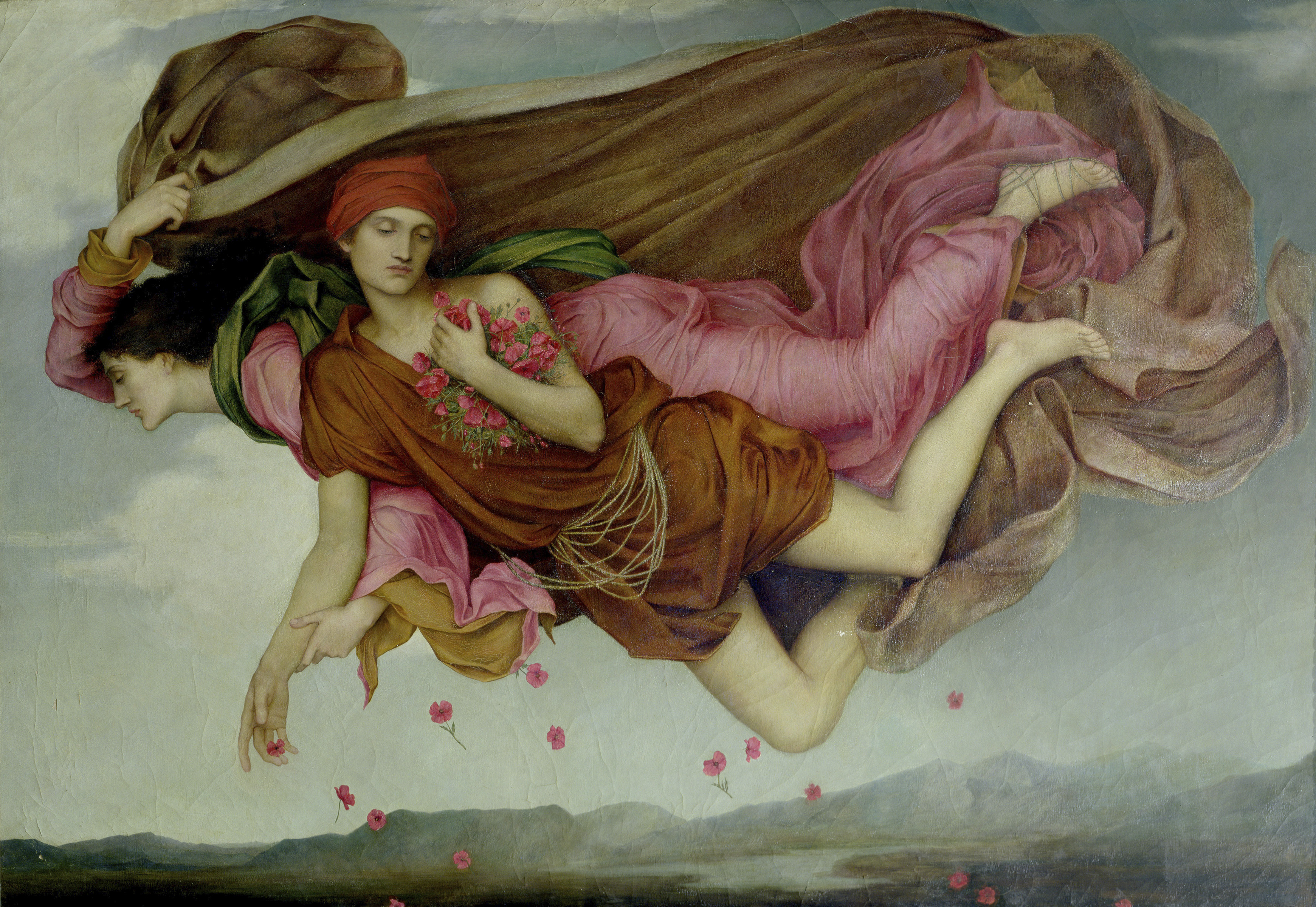
The new National Portrait Gallery’s ‘Pre-Raphaelite Sisters’ exhibition, which ranges well beyond the first few years of Pre-Raphaelitism to take the narrative up to the early 20th century, digs deeper than the familiar supermodel stereotype and presents such women as active collaborators in the creation of art. Those who married artists effectively became studio managers, taking care of practical details, booking models, stitching costumes and venturing opinions.
Several produced their own work, although they often had to overcome considerable obstacles to be taken seriously and it was hard to get a formal art training. In 1860, when Laura Herford sent an anonymous drawing to gain entrance to the Royal Academy Schools, the authorities were reluctant to admit her when they realised she was a woman and eventually did so only on condition that she did not attend the life classes. Another route was to take private lessons, perhaps from a relative. It is hardly surprising that some of the paintings and watercolours by women on display here reveal a heavy reliance on the work of the male artists closest to them.
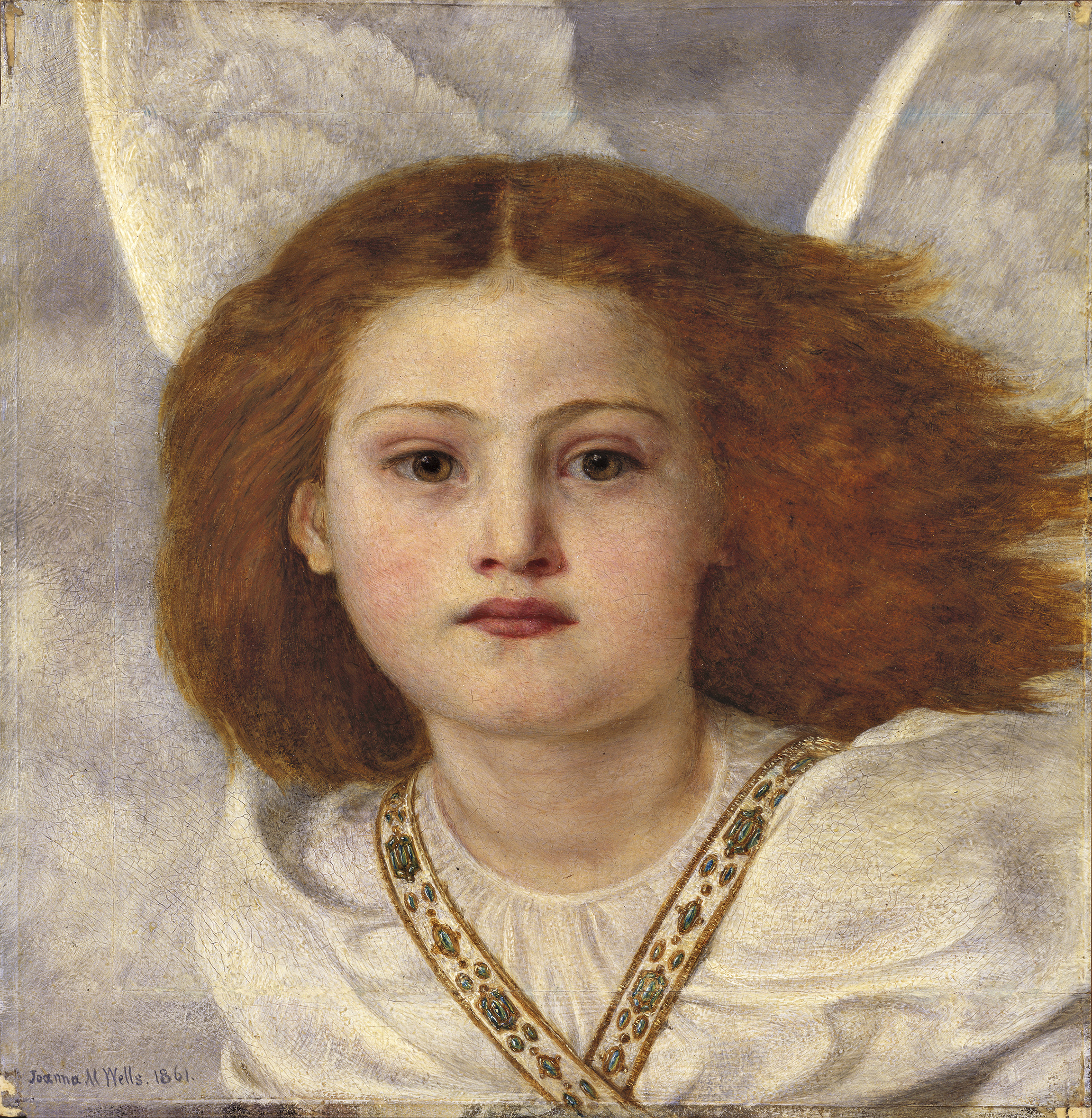
Women tended to work on a modest, private scale, too. Effie’s first husband, John Ruskin, set her to work copying architectural details for him. Lizzie produced drawings and watercolours with a medieval flavour that are slightly stiffer versions of those by Rossetti.
Georgiana Burne-Jones took her engraving tools with her when she married, but gave up her artistic aspirations when she became a mother. ‘I stopped, as so many women do, well on the side of tolerable skill,’ she said, ‘daunted by the path which has to be followed absolutely alone if the end is to be reached.’ Georgiana lamented that she felt excluded from the studio and, when the exotic Greek beauty Marie Zambaco came for private art lessons with Edward Burne-Jones, it didn’t end well. The affair nearly broke up the marriage.
Exquisite houses, the beauty of Nature, and how to get the most from your life, straight to your inbox.
However, a number of women did manage to overcome the odds — and their self-doubt — to forge professional artistic careers. Jane Morris found her niche as a needlewoman and ran the embroidery section in her husband’s company. A delicately worked purse is evidence of her remarkable talent as a designer.
Joanna Boyce Wells went to Paris to study and even produced art criticism when she was there. Only a handful of her works survive, because she died young following childbirth, but those on show here reveal why Rossetti (who sketched her on her deathbed) thought so highly of her. Marie Spartali Stillman enjoyed a long exhibiting career even if, according to a friend, she ‘ruined her reputation by running down her own work’.
Right at the end of the show, like a beacon of triumph, are the large and frankly unapologetic allegorical works of Evelyn De Morgan, who had studied at the Slade School of Art. Yet it is her 1904 pastel of Jane in white-haired old age that provides a moving ending to the story of this informal sisterhood.
‘The Pre-Raphaelite Sisters’ is at the National Portrait Gallery, St Martin’s Place, London WC2, until January 26, 2020 — www.npg.org.uk
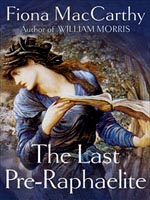
Book review: The Last Pre-Raphaelite: Edward Burne Jones and the Victorian Imagination
Michael Hall discusses a book about Edward Burne Jones – a literary artist with a Victorian imagination
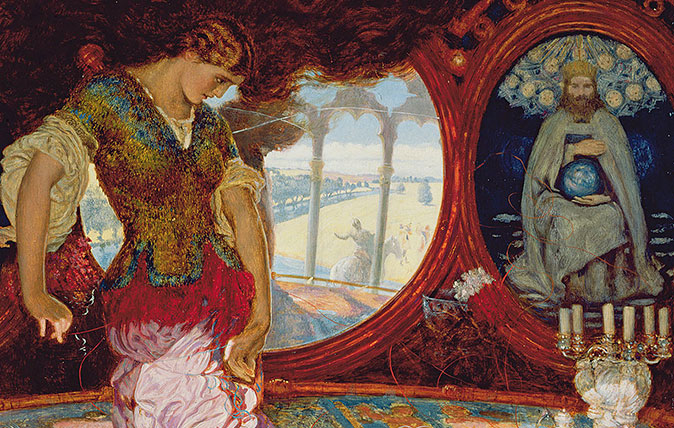
Credit: Bridgeman
In Focus: How Holman Hunt's Lady of Shallot was inspired by Van Eyck's greatest masterpiece
Holman Hunt was one of several pre-Raphaelites inspired by Jan Van Eyck's iconic The Arnolfini Portrait. Lilias Wigan takes an
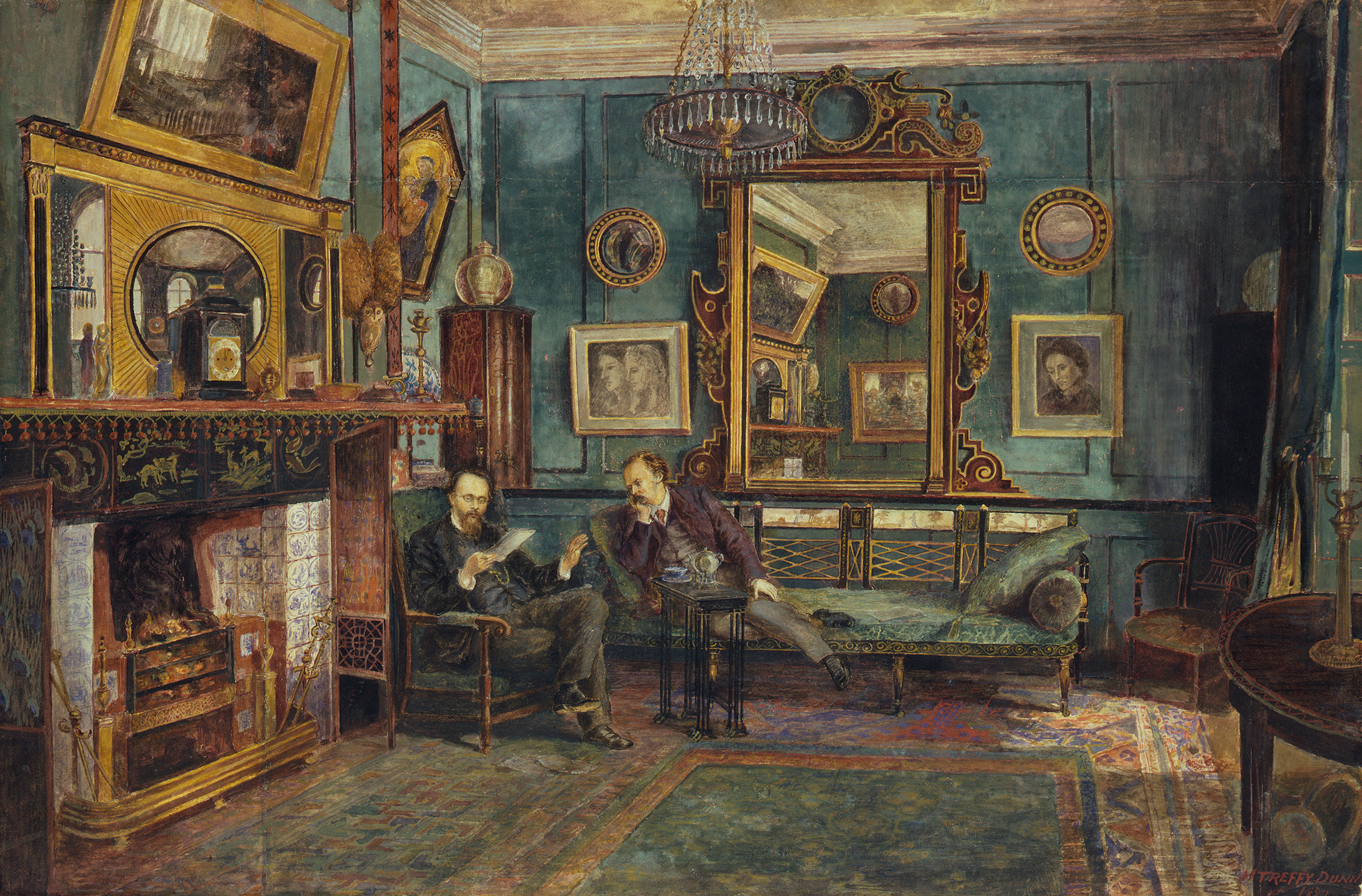
In Focus: How Christina Rossetti's poetry spilled over into the world of art
One of our great Victorian poets had an impact far beyond the words she committed to paper. Jeremy Musson takes
Country Life is unlike any other magazine: the only glossy weekly on the newsstand and the only magazine that has been guest-edited by His Majesty The King not once, but twice. It is a celebration of modern rural life and all its diverse joys and pleasures — that was first published in Queen Victoria's Diamond Jubilee year. Our eclectic mixture of witty and informative content — from the most up-to-date property news and commentary and a coveted glimpse inside some of the UK's best houses and gardens, to gardening, the arts and interior design, written by experts in their field — still cannot be found in print or online, anywhere else.
